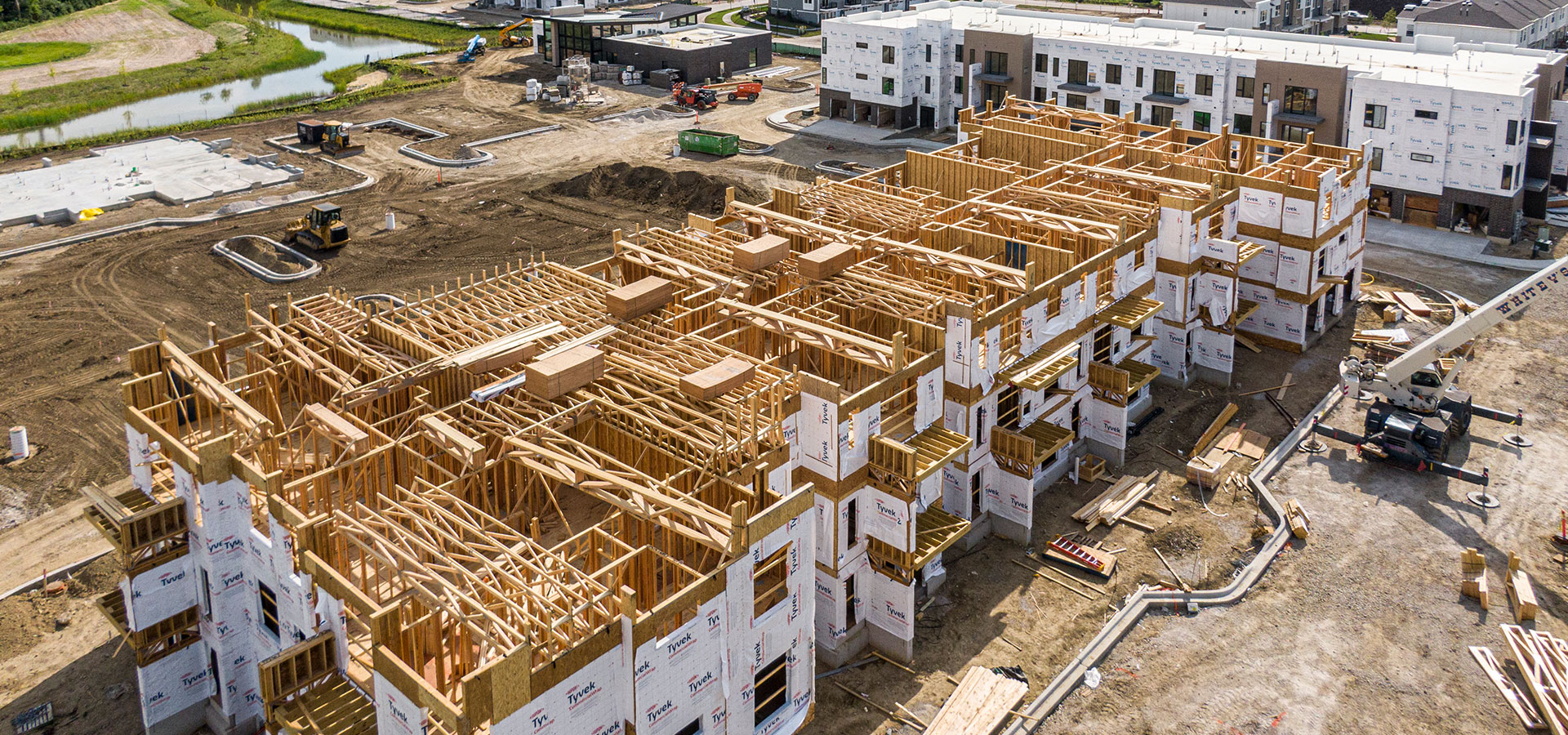Lumber prices have been on a sharp incline during the pandemic and hit an all-time high this month. From its 2020 low point back in April, the commodity has risen to over $800 per 1,000 board feet, which is an increase of over 130%.
What’s causing this exponential rise in material cost? Several factors are contributing to the situation, all of which involve supply and demand. Mills closed this past spring due to pandemic measures enacted by state and local governments (i.e. stay-at-home orders, social distancing requirements). Lumber prices actually fell early in the COVID-19 pandemic and seeing this, mills anticipated a large drop in demand. As a result, those mills that remained operational significantly reduced production. To put numbers on it, we’ve experienced one billion less board feet produced year-to-date versus last year, equivalent to 37,000 truckloads of lumber.
On the demand side, housing construction ended up weathering the storm, and the anticipated drop in demand lasted less than 30 days. Simultaneously, heightened demand from do-it-yourselfers and big box retailers increased dramatically during the pandemic, further stressing the supply chain.
The normal lumber supply and demand relationship has been turned on its head. Demand for lumber is very high and COVID related production issues have created problems in getting product to market. This is a supply issue, and once the pipeline gets satisfied, pricing will ease.
At McShane, we are closely monitoring this situation and offering our clients guidance, as we have throughout our extensive history of multi-family construction. Of the 20,700 units we’ve built, over 80% have been wood frame structures. With over 6,000 units currently under construction – and a healthy pipeline of multi-family work through 2021 – we are in frequent contact with our subcontractors and suppliers. We are watching new developments in commodity pricing and analyzing their implications.
